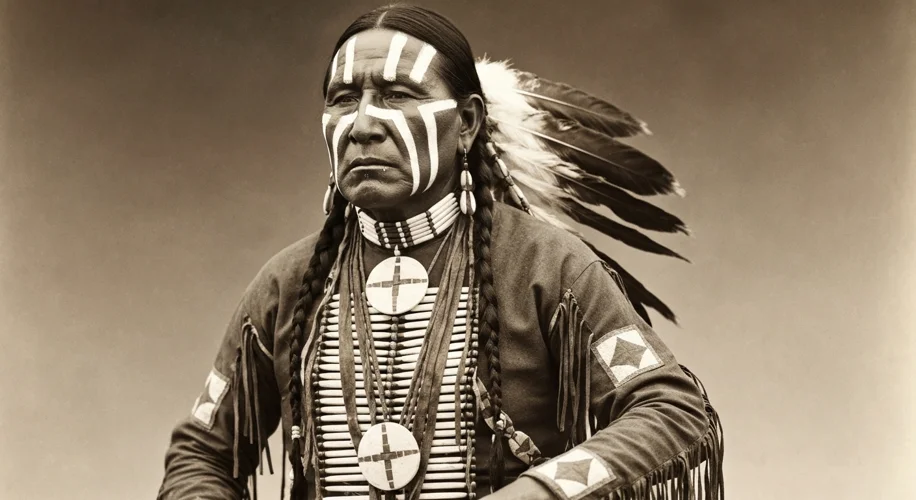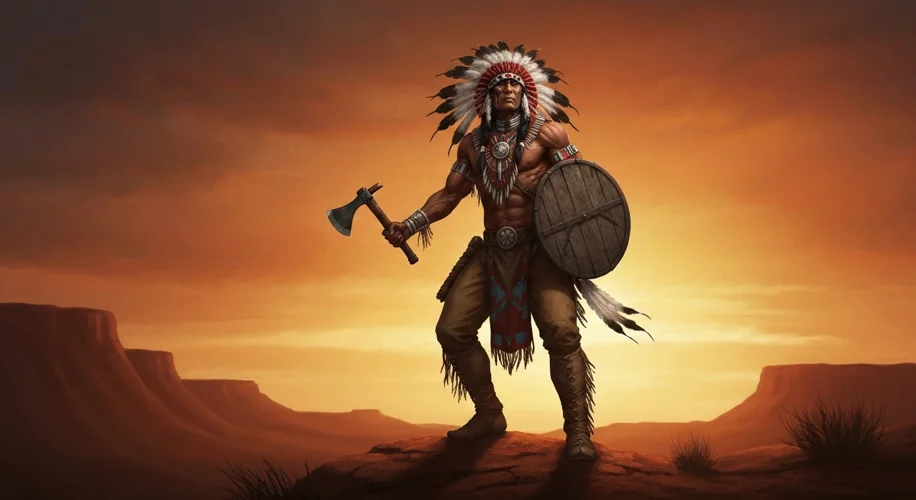The names we give to historical figures often carry a weight, a reflection of how they were perceived by their own people and by those who documented their lives. For Native American leaders and warriors, this is particularly true. We encounter names like “Crazy Horse,” evocative and descriptive, or “Geronimo,” a name that, to many ears, sounds distinctly non-Indigenous. Why this divergence? The difference lies in a complex interplay of linguistic practices, cultural context, and the historical circumstances surrounding the recording of these names.
Many Native American cultures possessed rich naming traditions. Names were not merely labels but often conveyed significant meaning, reflecting events, character traits, or spiritual experiences. The Lakota name “Tȟatȟáŋka Íyȟáye Ōta,” which translates to “His Horse is Truly a Surprise,” was anglicized by settlers into the more concise and perhaps more easily pronounceable “Crazy Horse.” This translation aimed to capture the meaning of the name, offering a descriptive appellation in English. It speaks to a desire on the part of the English-speaking recorders to convey the essence of the man as they understood it, often through a lens of awe or even apprehension.

In contrast, names like “Geronimo” represent a different linguistic phenomenon: transliteration. Geronimo’s Chiricahua Apache name was “Goyaałé,” meaning “one who yawns.” When he and his followers were captured, they were often referred to by the Spanish name “Geronimo,” likely a Christian name adopted or given to him. The U.S. Army, and later chroniclers, adopted this Spanish appellation. This wasn’t a translation of his Apache name; it was the adoption of a different name entirely, one that had become associated with him through historical contact and conflict. The English-speaking world then adopted the Spanish version, a process of transliteration, or in this case, a direct adoption of a non-Indigenous name.
This distinction isn’t merely academic; it touches upon the very way Indigenous identities were perceived and recorded by colonizing powers. Translating names like “Crazy Horse” could, inadvertently or intentionally, exoticize or simplify the individual. The descriptive nature of the English translation might have been easier for non-Native speakers to grasp, but it could also strip away the original cultural nuance. Was he “crazy” in a literal sense, or did “crazy” in this context signify something closer to “wild,” “unpredictable,” or even “divinely inspired” in the Lakota worldview?

Transliterated names, on the other hand, like “Geronimo,” often highlight the layers of cultural imposition. The adoption of a Spanish name by an Apache leader, and subsequently by the American military and public, speaks volumes about the historical power dynamics. It signifies a period where Indigenous languages and names were often suppressed or disregarded, with foreign names becoming the standard of recognition.
Understanding these linguistic choices requires us to look at the historical context. The late 19th century, when figures like Crazy Horse and Geronimo were prominent, was a period of intense conflict and cultural upheaval for Native American tribes. Records were kept by soldiers, government officials, and journalists, often with limited understanding or respect for Indigenous languages and customs. The goal was frequently to document events and individuals for a Western audience, and the methods employed reflected that bias.
Furthermore, the process of adopting a new name could be a complex personal or cultural decision for Native individuals themselves. Sometimes, adopting a new name, or having one given to them, was a strategy for survival or integration into a dominant society, however unwelcome that society might be. Yet, it’s crucial to remember that these adopted names often existed alongside, or were later imposed upon, their original, meaningful Indigenous names.
When we encounter Native American historical figures, it’s vital to be aware of this linguistic difference. “Crazy Horse” might offer a glimpse into the meaning of an Indigenous name, translated into familiar English terms. “Geronimo” points to a history of cultural exchange, conflict, and the adoption of foreign identities, often under duress. Both reveal the profound ways in which history is written, not just through events, but through the very words we use to name the people who shaped it.
By recognizing whether a name has been translated or transliterated, we gain a deeper appreciation for the complexities of Indigenous history and the enduring power of names to carry meaning across cultures and through time.

